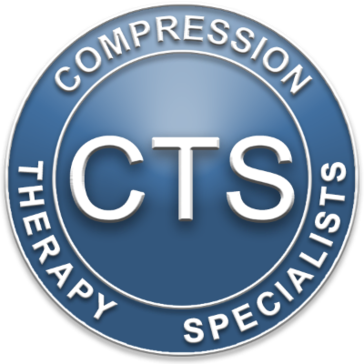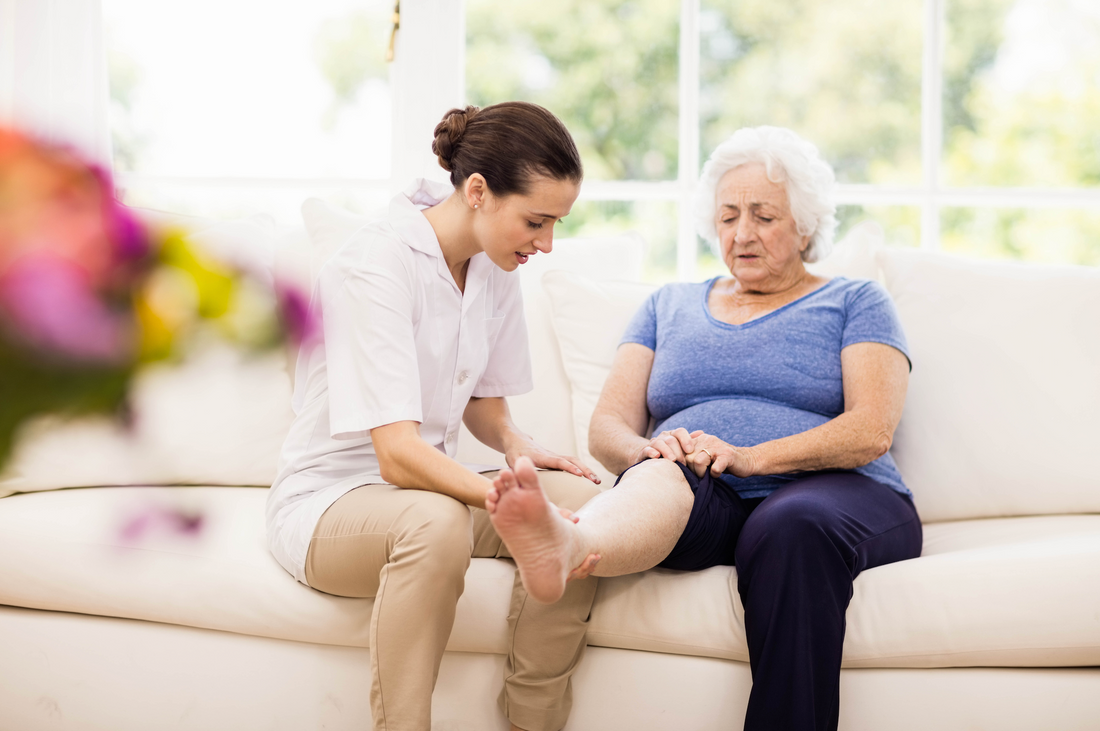Foot wounds can be painful and debilitating, often requiring meticulous care to facilitate healing. While traditional wound care methods are essential, a lesser-known yet highly effective adjunct therapy is the use of compression socks. These specialized garments offer more than just comfort; they play a significant role in promoting circulation, reducing swelling, and expediting the healing process. In this article, we delve into how compression socks can be a game-changer in foot wound care.
Understanding Foot Wounds: Foot wounds can arise from various sources, including injuries, diabetic complications, vascular issues, or prolonged pressure on specific areas. Regardless of the cause, these wounds demand careful attention to prevent infection and promote healing. However, due to the complex nature of foot anatomy and the challenges of blood circulation in this region, traditional wound care approaches may sometimes fall short in achieving optimal outcomes.
The Role of Compression Socks: Compression socks are specially designed to apply gentle pressure to the lower limbs, gradually decreasing towards the ankles. This graduated compression facilitates venous return, meaning it helps blood flow efficiently from the legs back to the heart. In the context of foot wounds, improved circulation is paramount for delivering oxygen and essential nutrients to the affected area while facilitating the removal of waste products and excess fluid.
Reducing Edema and Swelling: One of the primary benefits of compression socks in foot wound care is their ability to reduce edema, or swelling. Excessive swelling can impede the healing process by restricting blood flow and promoting tissue damage. By exerting pressure on the tissues, compression socks help prevent the accumulation of fluid in the affected area, thus mitigating swelling and promoting a conducive environment for wound healing.
Enhancing Tissue Oxygenation: Proper oxygenation is vital for cellular function and tissue repair. In individuals with foot wounds, compromised circulation may lead to inadequate oxygen delivery to the affected tissues, hindering the healing process. Compression socks work by enhancing blood flow, thereby increasing the delivery of oxygen-rich blood to the wound site. This influx of oxygen promotes cellular metabolism and accelerates the regeneration of damaged tissues, facilitating faster wound closure and reducing the risk of complications.
Preventing Complications: Foot wounds, particularly in individuals with diabetes, are prone to complications such as infections and ulcers. Poor circulation, coupled with neuropathy (nerve damage), can exacerbate these risks. Compression socks aid in preventing complications by improving circulation, reducing swelling, and minimizing the likelihood of infection. Additionally, the supportive nature of compression socks can help alleviate pressure on vulnerable areas, reducing the risk of developing new wounds or exacerbating existing ones.
Conclusion: In the realm of foot wound care, every intervention aimed at promoting healing and preventing complications is invaluable. Compression socks emerge as a simple yet powerful tool in this regard. By enhancing circulation, reducing swelling, and supporting tissue oxygenation, compression socks play a pivotal role in expediting the healing process and minimizing the risk of adverse outcomes. Incorporating compression socks into the comprehensive management of foot wounds can significantly improve patient outcomes and enhance overall quality of life.

